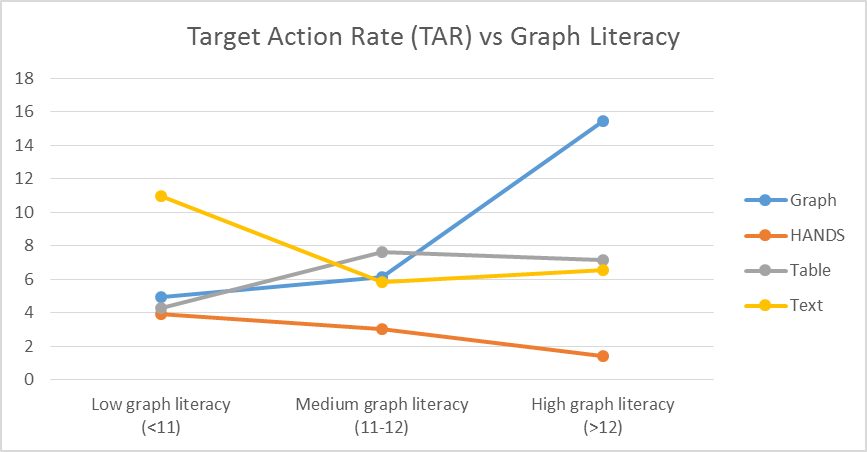One Size Doesn’t Fit All: The Efficiency of Graphical, Numerical and Textual Clinical Decision Support for Nurses
November 9th, 2014
Categories: Applications, User Groups

Authors
Febretti, A., Sousa V., Lopez K. D., Yao, Y., Johnson, A., Keenan, G. M., Wilkie, D. J.About
Clinical Decision Support (CDS) systems have the potential of significantly improving the quality and efficiency of patient care, but they need to present information in a way that is easily understandable by health care personnel. In the clinical setting, nurses are often tasked with the care of a large number of patients, and in specific scenarios are in charge of independently making care decisions to improve patient comfort and for symptom relief care. We developed a CDS prototype embedded in a nursing hand-off management tool, which provides suggestions to adjust a plan of care based on a patient’s profile. We show how presenting patient data and evidence in different forms (textual, tabular, graphical) has an impact on the efficiency of nurse decision making, and how a nurse’s graphical literacy influences this process.
Index Terms: Electronic Health Records, Clinical Decision Support, User Studies, User-centered Design
Resources
Citation
Febretti, A., Sousa V., Lopez K. D., Yao, Y., Johnson, A., Keenan, G. M., Wilkie, D. J., One Size Doesn’t Fit All: The Efficiency of Graphical, Numerical and Textual Clinical Decision Support for Nurses, IEEE VIS 2014 Workshop on Electronic Health Record Data Visualization (EHRVis), Paris, France, November 9th, 2014.